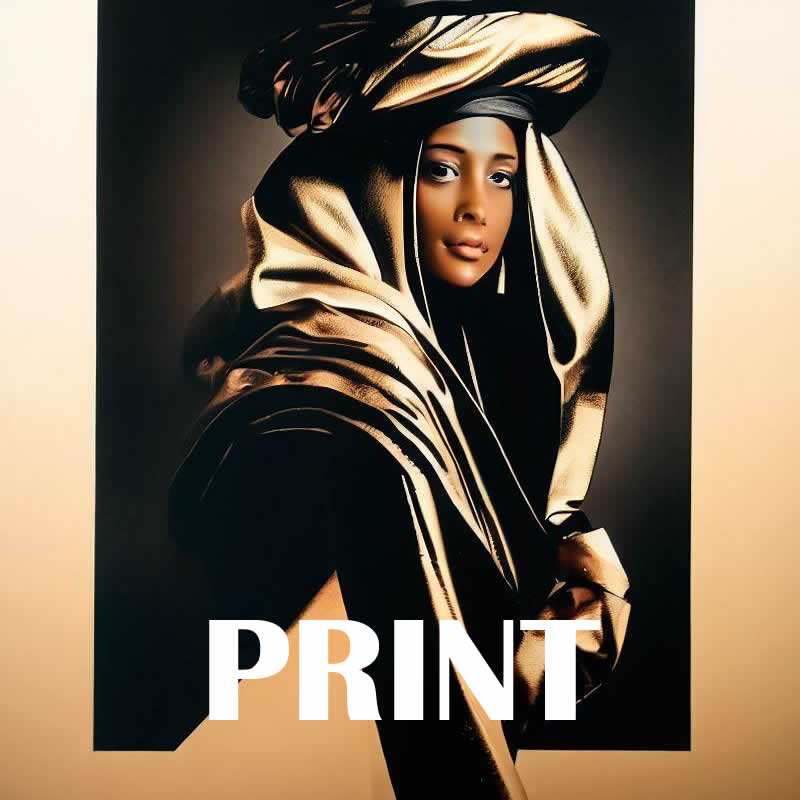
Print design has stood the test of time, remaining an integral part of visual communication. In today’s digital age, where screens dominate, the enduring allure of print design continues to captivate audiences. From brochures and posters to magazines and packaging, print design showcases the artistry of designers in crafting tangible, tactile experiences that leave a lasting impact. In this article, we embark on a journey through the world of print design, exploring its significance, principles, and timeless beauty in a world full of pixels.
The Enduring Significance of Print Design
In a world where digital media has revolutionized how we interact with information, print design holds its ground by providing a tangible and sensory experience that engages multiple senses. Holding a well-designed printed piece offers a sense of permanence, authenticity, and craftsmanship that digital counterparts may lack. From luxurious business cards to exquisite wedding invitations, print design allows for a level of personalization and attention to detail that sets it apart.
Principles that Shape Print Design
Print design follows a set of principles that ensure visual harmony, readability, and effective communication. Attention to layout, typography, color, and imagery is paramount in creating compelling and persuasive print materials. Print designers master the art of balance and hierarchy, skillfully guiding the viewer’s eye through the layout. Consideration of print size, resolution, and paper stock further enhances the overall impact of the design.
The Power of Tangibility in Print Design
Print design establishes a tangible connection with the audience, eliciting a sensory experience that digital media cannot replicate. The touch of textured paper, the smell of fresh ink, and the sound of pages turning evoke emotions and create lasting impressions. This tactile element fosters a stronger emotional bond between the audience and the content, making print design an enduring medium for storytelling and brand communication.
Capturing Attention and Engagement through Print Design
In a world full of digital distractions, print design has a unique ability to capture attention and hold it for longer periods. A well-crafted print piece offers a moment of pause, encouraging the audience to engage with the content more deeply. The absence of pop-ups, auto-play videos, and notifications allows the viewer to focus solely on the message being conveyed. With less competition for attention, print design can truly shine.
Elegance and Timelessness of Print Design
Print design possesses an inherent elegance and timelessness that transcends trends. When executed with finesse, print materials exude a sense of prestige and sophistication. This longevity ensures that print design continues to shine in both contemporary and traditional settings, reinforcing its status as an art form cherished by designers and recipients alike. The classic charm of print design never goes out of style.
The Evolution of Print Design in the Digital Age
While the rise of digital media has undoubtedly impacted the print design industry, it has also opened up new opportunities for creativity and innovation. Designers now have the ability to seamlessly integrate print and digital elements, creating hybrid experiences that bridge the gap between the tangible and the virtual. Print design has adapted and evolved, embracing technology to enhance its impact and reach a wider audience.
Print Design as a Strategic Marketing Tool
Print design plays a crucial role in strategic marketing campaigns. Its tangible nature allows brands to establish a physical presence in the lives of their audiences. From eye-catching posters to well-designed brochures, print materials can leave a lasting impression and drive action. Print design also offers a level of personalization and customization that resonates with consumers, making it a valuable tool in building brand loyalty and recognition.
The Environmental Impact of Print Design
As society becomes increasingly conscious of sustainability, print design has also adapted to minimize its environmental footprint. Designers and printers are embracing eco-friendly practices, such as using recycled paper and vegetable-based inks. The focus on sustainable materials and production processes ensures that print design can coexist responsibly with digital media, offering a greener alternative for businesses and consumers alike.
The Future of Print Design
Despite the rise of digital media, print design continues to hold its ground and will likely remain an essential part of visual communication. As technology continues to advance, print design will adapt and integrate new innovations, creating unique and immersive experiences for audiences. The enduring beauty and tangible nature of print design will ensure its place in the visual landscape, reminding us of the power and artistry of the printed medium.
Conclusion
Print design is a testament to the enduring allure of the tangible and the artistry of human creativity. As digital media continues to evolve, print design maintains its unique position in the world of visual communication, providing a timeless and sensory-rich experience for audiences. From its enduring significance and core principles to its ability to capture attention and engage emotions, print design stands as a symbol of elegance, authenticity, and lasting impact. In a world inundated with pixels, print design continues to remind us of the beauty of the tactile and the tangible, enriching our lives with its artful and enduring presence.
